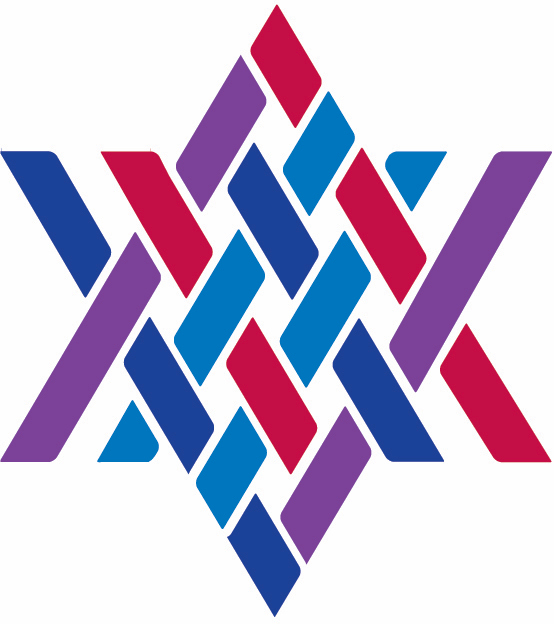Parashat Shemini
Hazzan Marcia Lane
I’m a ‘mostly vegetarian.’ I started years ago because of stories on NPR about feed lots. Cattle raised in feed lots stay in one place, standing in their own excrement. They are fed corn – which is not what cattle normally eat. I mean, think about it. How could a cow shuck an ear of corn? Corn is really food for people and crows. Feed lot cattle are raised in such terrible conditions that they develop multiple health problems, for which they are given antibiotics and growth hormones. So I gave up beef. That was not really a problem, because I had chicken, and I loved chicken. So versatile! Less expensive! And much easier to eat without a fork and knife.
Then I heard about the conditions under which chickens are raised. The thought of stuffing hundreds and hundreds of birds into a small space and Read More >

